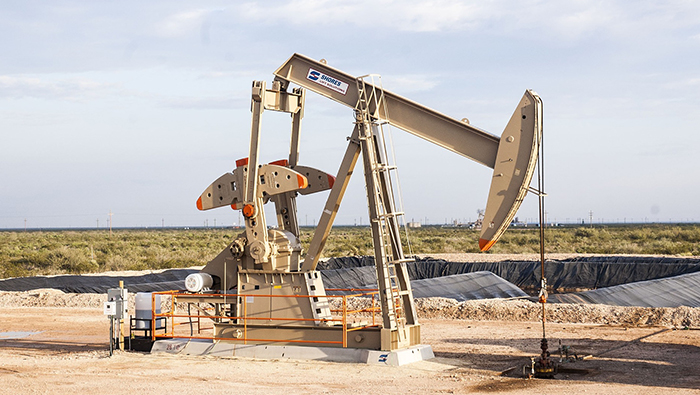
Muscat: After declining consistently since the start of the month, crude oil prices witnessed a sharp recovery to reach over $85 per barrel, according to a new report.
“This was on the back of an announcement from Russia to cut crude oil production by 0.5 million barrels per day in retaliation to the sanctions imposed on the country’s crude oil and refined products,” the Kuwait-based investment, strategy & research firm Kamco Invest said.
However, the announcement from the US Department of Energy to release an additional 26 million barrels of crude oil from its strategic petroleum reserve partially offset the recent gains.
The decline also came after API reported a significant inventory build in the US. Further pressure came from elevated inflation levels in the US with fears that higher prices could potentially affect crude oil demand growth in the near term, while a stronger USD backed by estimates of higher interest rates also dissuaded oil buyers.
At the start of this month, the EU agreed to set a price cap on Russian refined oil products.
A price cap of $100 per barrel was imposed on products that trade at a premium to crude, which mainly includes diesel, while a cap of $45 per barrel was imposed on products that trade at a discount to crude including fuel oil and naphtha. These restrictions are in addition to the $60 per barrel cap on Russian crude that came into effect at the end of last year.
On the demand side, China continued to provide hope for oil exporters, and this was reflected in Opec’s latest forecast for oil demand growth in 2023. The Organisation of Petroleum Exporting Countries (Opec) made its first upward revision in months to its demand forecast for 2023 raising global oil demand growth expectations by 0.1 million barrels per day to 2.32 million barrels per day. On the other hand, after reaching a nine-month high during December-2022, oil demand in India declined during January-2023 due to lower mobility during the month, colder weather in some parts of the country as well as a fall in industrial activity.
In terms of production, Opec crude oil production witnessed a marginal decline during January-2023. Average production, according to Opec secondary sources, stood at 28.9 million barrels per day during the month with a month-on-month decline of 49,000 barrels per day. The decline reflected a fall in production mainly in Saudi Arabia and Iraq that was partially offset by higher production in Angola and Kuwait. Reacting to Russia’s move to cut output, other Opec+ members indicated the group would not raise output and would keep the current production targets for the rest of 2023, according to a report from Bloomberg.
Oil production in the US reached the highest level since April-2020 at 12.3 million barrels per day during the week ended on 3-February2023. The increase came after production remained flattish over the last few weeks followed by an increase of 100,000 barrels per day during the last week. A report from the US Energy Information Administration (EIA) said that shale oil production in the US is expected to reach a record during March-2023 as drillers across the US shale plays are set to boost production seeing higher demand in the coming months.
Oil prices
Crude oil prices showed consistent volatility since the start of the year, the Kamco Invest report said. Prices witnessed a sharp recovery after seeing consistent declines until the start of February-2023 which was led by reports of inventory build in the US as well as higher inflation expectations.
However, a revival of hope in the China demand story resulted in a consistent gain in prices during the second week of the month. The release of inflation numbers for January-2023 in the US showed elevated prices with year-on-year inflation reaching 6.4 per cent. This affected the sentiments in the oil market with oil prices dropping by more than one per cent over the last two days to trade below the $85 per barrel mark.
On the other hand, elevated crude oil prices and expectations of stronger demand in the near term have encouraged drillers in the US, especially in the shale patch, according to the latest report from the EIA. The agency expects shale output to reach a record high of 9.36 million barrels per day during March-2023. The latest weekly oil production data from the US showed output reaching 12.3 million barrels per day.
Average crude oil prices showed positive month-on-month trends during January-2023. Opec crude basket averaged $81.62 per barrel during the month after gaining by 2.4 per cent during the month. Brent and Kuwait crude grades witnessed slightly stronger growth of 3.1 per cent to average at $82.86 per barrel and $82.94 per barrel, respectively. In terms of near-term expectations, consensus estimates showed oil at 85.5 per barrel during the third quarter of 2023, a decline from last month’s estimate of $90 per barrel/b. Median estimates for the second quarter of 2023 also showed a decline from last month while estimates for the last two quarters of the year saw positive revisions.